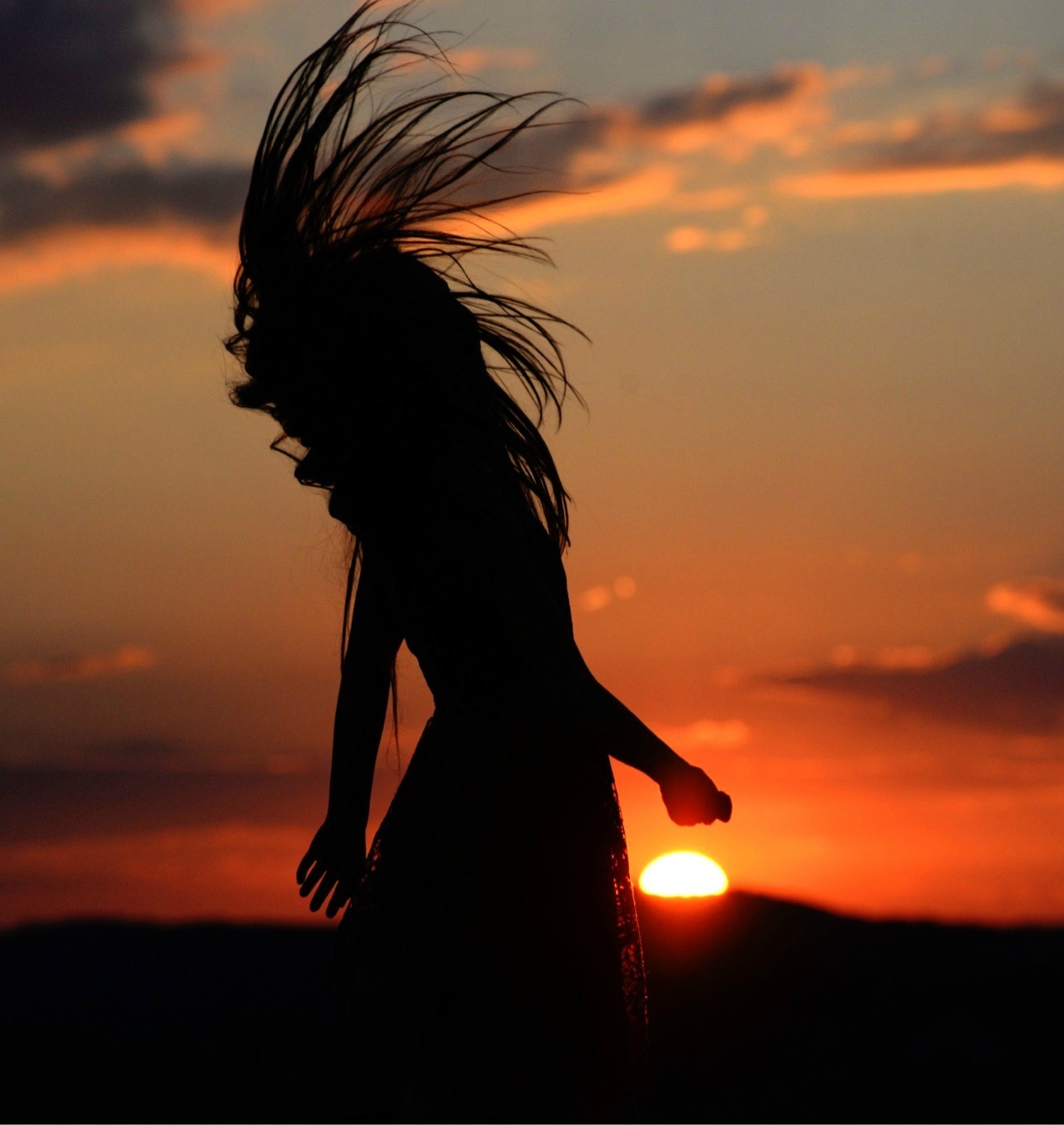
Equinox Facts
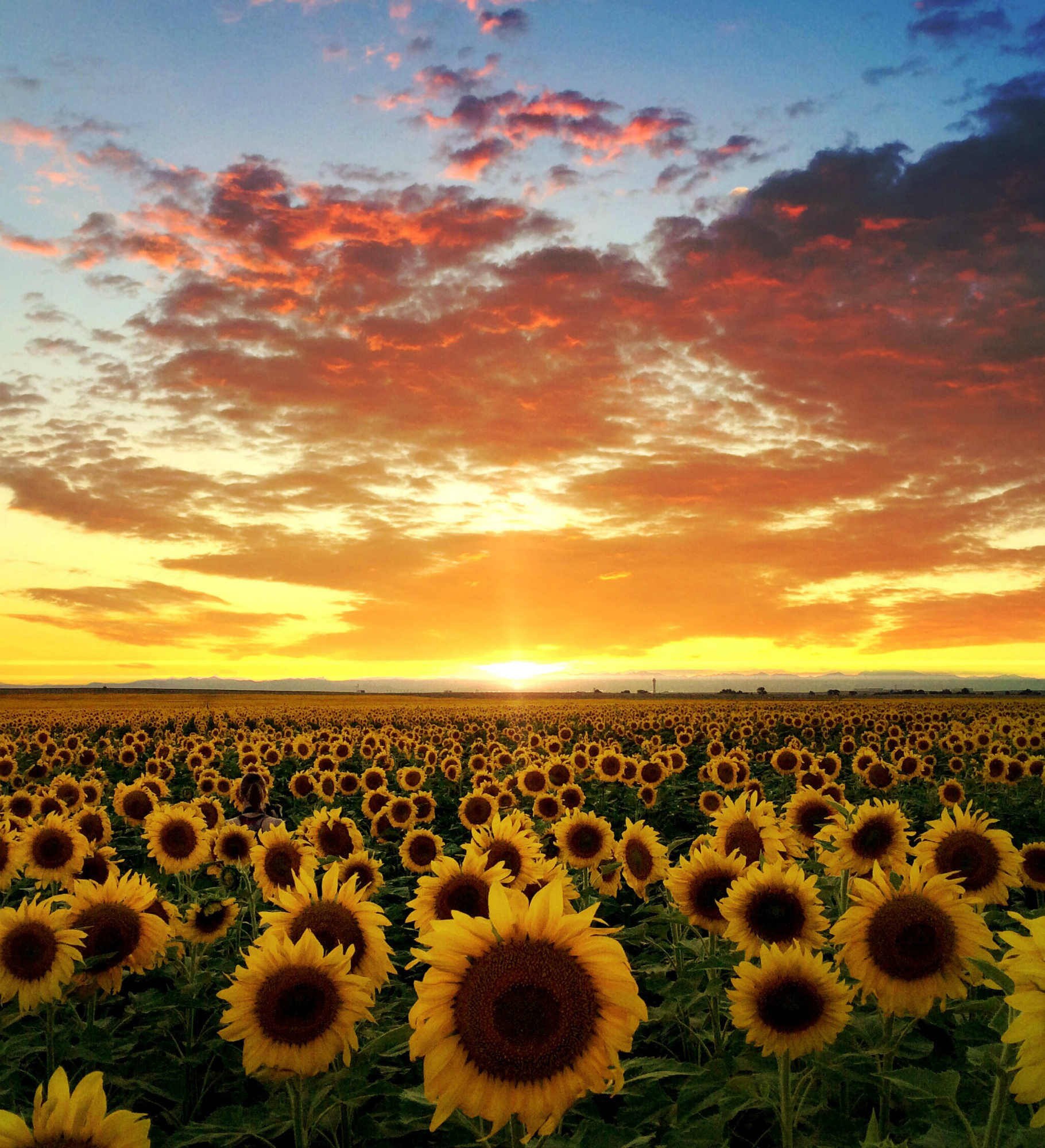
As if the start of school, the closing of swimming pools and the end of summer vacation didn't make it obvious enough, summer is over. This Saturday, Sept. 22, marks the official beginning of fall and, with it, the autumnal equinox. What exactly is the equinox, and how is it more than just a day on the calendar?
Be the season-change expert and say these things about this upcoming "evennight."
It's a Latin Word

The word "equinox" comes from two Latin words, "aequus_"_ (meaning "equal") and "nox" ("night"). This term is used to describe the two times a year when night and day each equal 12 hours.
One of Two
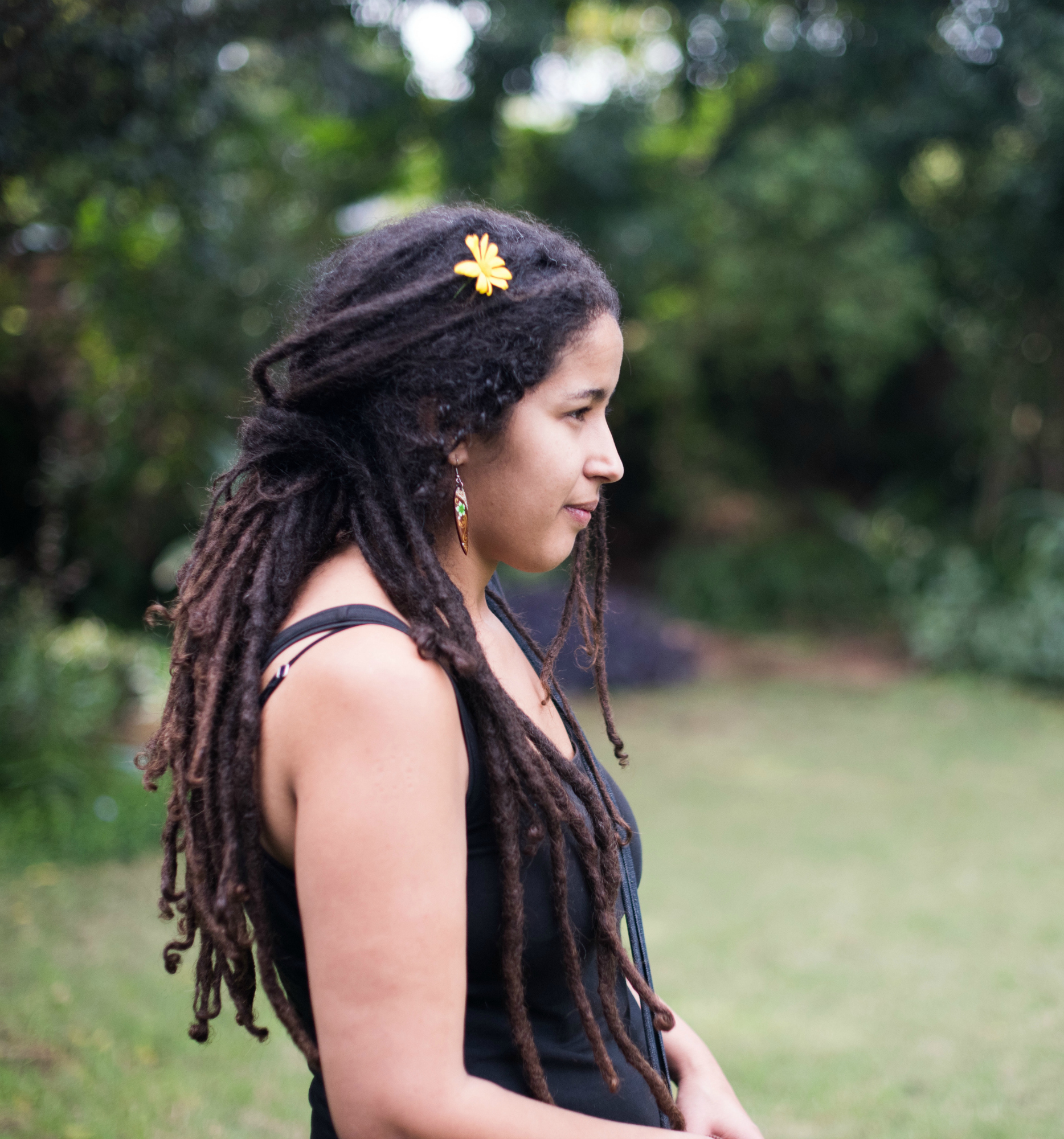
Fall's equinox is the second one each year, the first occurring in March, usually around the 21st of that month, to mark the end of winter and beginning of spring.
Goodbye, Summer

In the northern hemisphere, the astronomical fall season starts at the September equinox. For meteorologists, though, these seasons have different start and end dates. In the northern hemisphere, fall begins about three weeks before the equinox and the season ends on November 30.
Spring Down Under
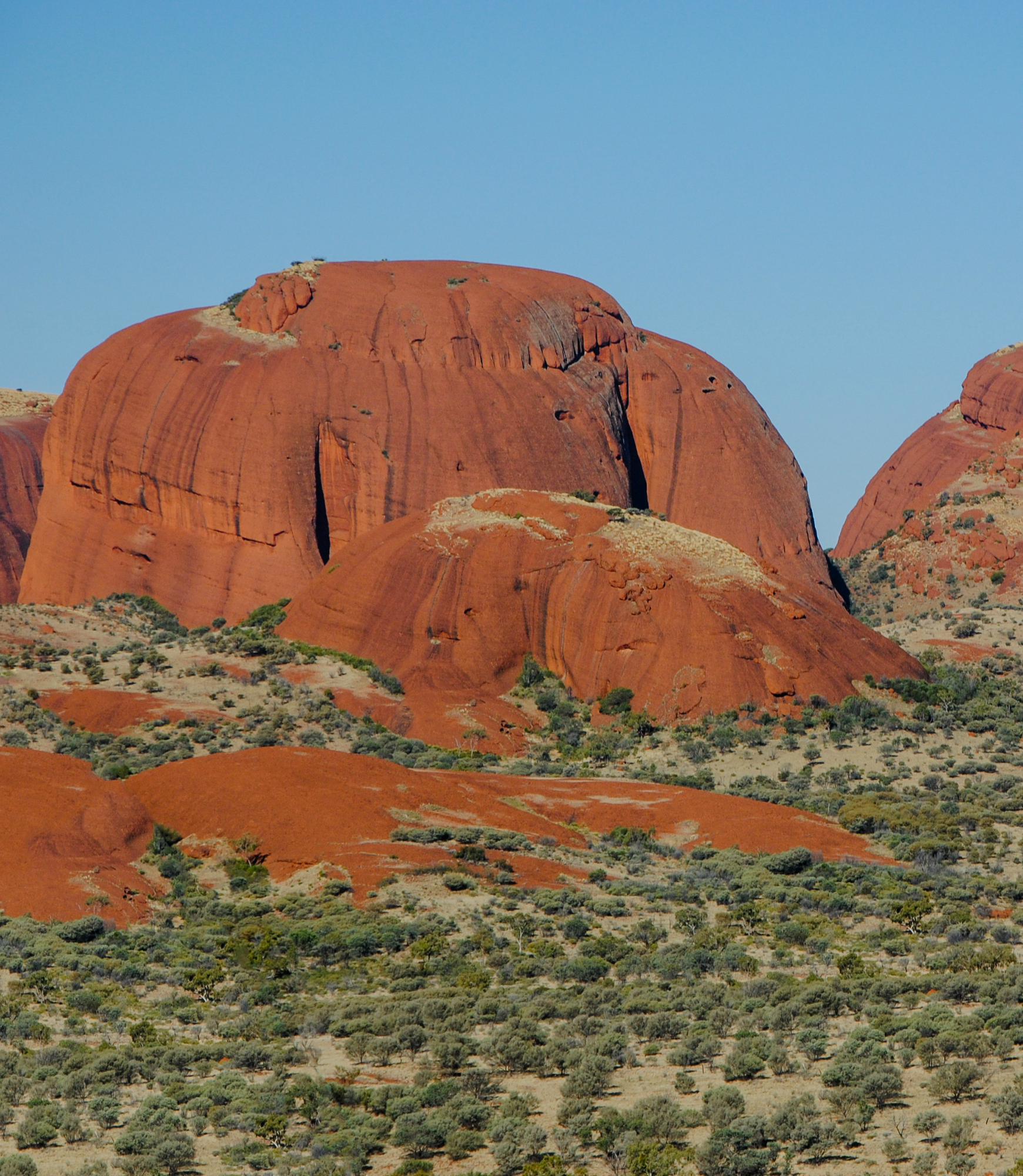
In the southern hemisphere, the September equinox marks the opposite. The vernal (which is a fancy word for "spring") equinox means winter is over and spring is underway.
Equator Equation
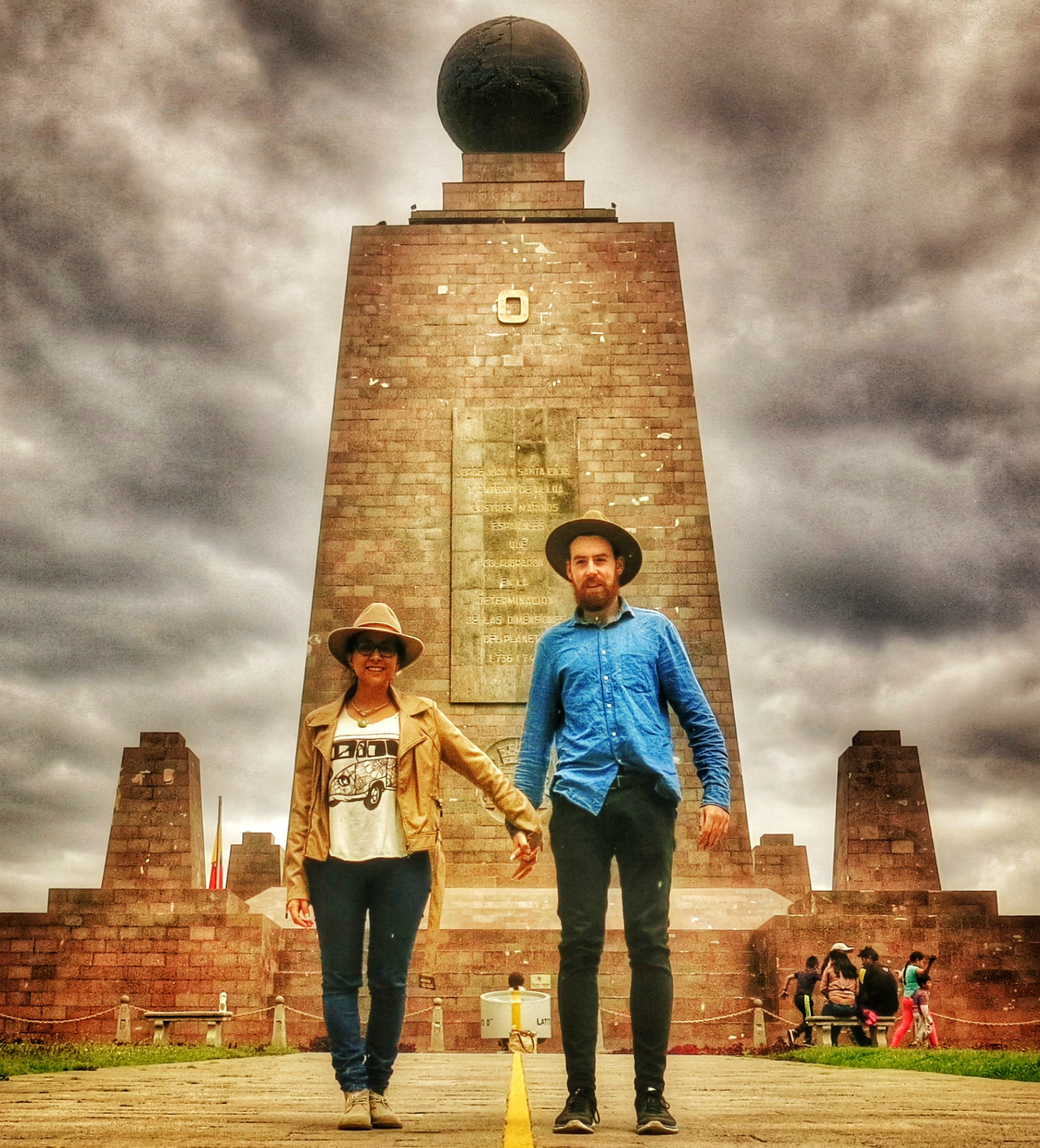
While the equinox falls on a specific date each year, it's not actually an all-day event. Rather, the actual equinox occurs the moment the sun crosses the celestial equator, an imaginary line in the sky that lines up with the Earth's equator. This takes only a few minutes.
Tilted Axis
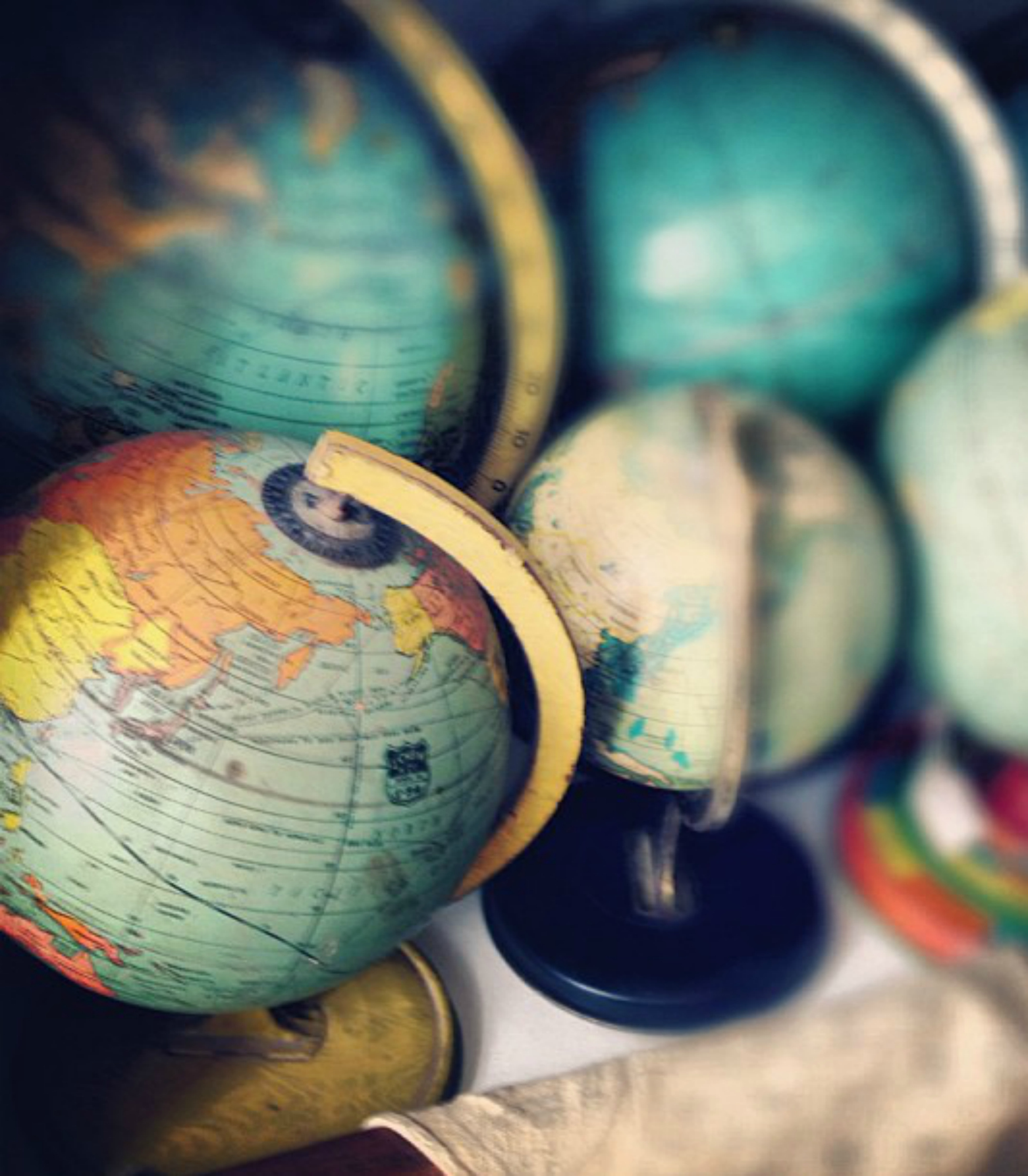
The moment of the equinox, the earth's rotational axis is neither tilted away from the sun nor toward it. The rotational axis is an imaginary line that goes from the North Pole to the South Pole through the middle of the Earth. It's why globes always seem to be leaning a bit sideways on their stands.
Time Zones Matter

The sun will cross the celestial equator from north to south at 1:54 UTC this Sunday (which is 6:54 p.m. Pacific time and 9:54 p.m. Eastern time on Saturday). Because of time zones, most people will experience the equinox on Saturday, including everyone in the United States, Canada and South America.
Dates Vary
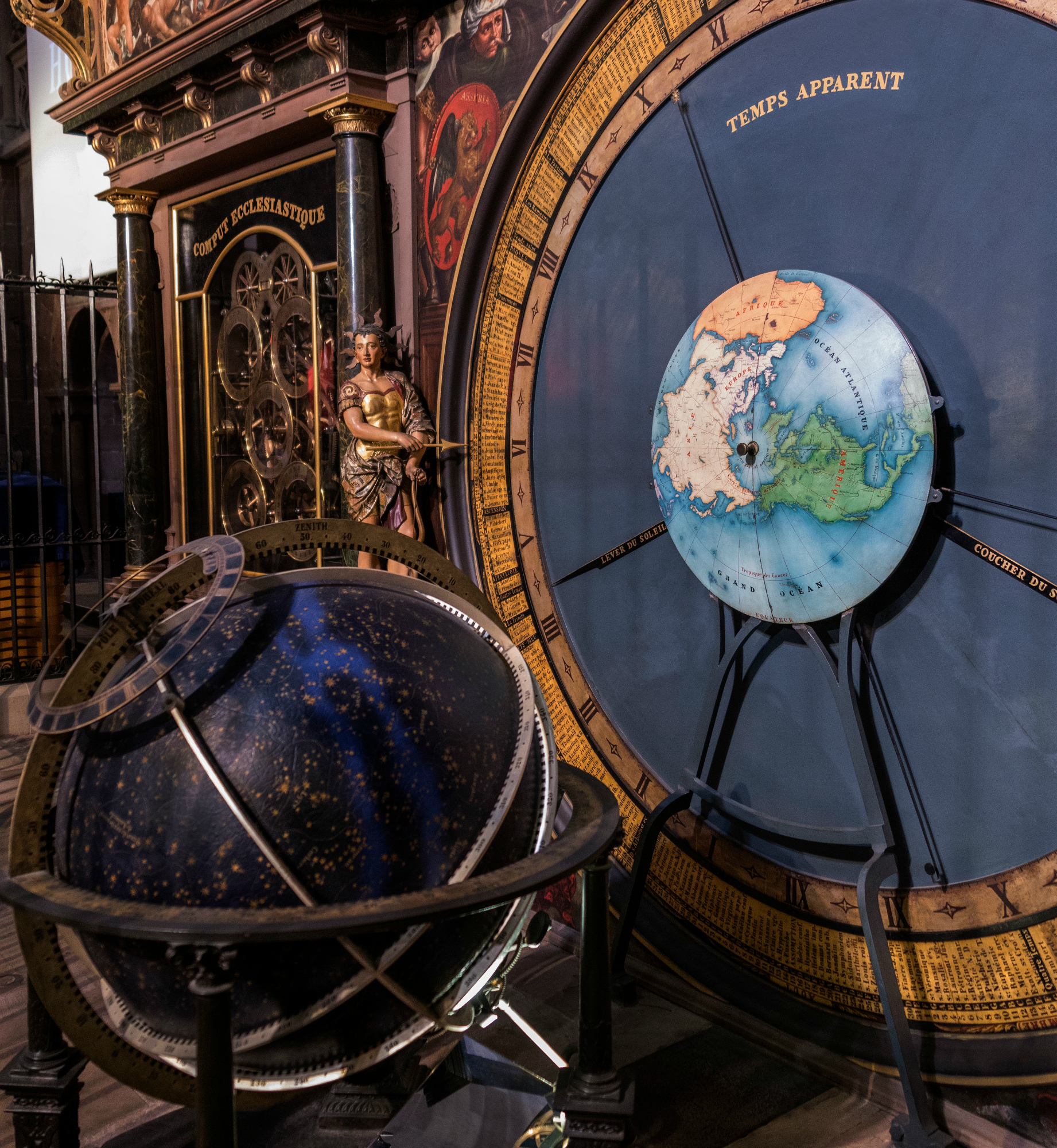
While the fall equinox is usually September 22 or 23, on very rare occasions it falls on the 21st or the 24th. An equinox on September 21 hasn't happened for several thousand years. But in this millennia, it will happen twice: 2092 and 2096. The most recent September 24 equinox was in 1931. The next one will be in 2303.
The reason for the differences are because of the Gregorian calendar, which defines a year as 365 days. The time it takes for the Earth to orbit the sun is a little bit longer than that (365 and 1/4 days).
Timing Is Everything

These differences mean every September equinox happens around six hours later than the previous year's equinox. That's why the date bounces back and forth from September 22 to 23.
Tricky Light

While "evennight" describes a 24-hour day with 12 hours of sunlight and 12 hours of darkness, the reality is most places on the globe will experience this in the days surrounding September 22, not the exact date. When your location experiences this depends on its latitude. The closer to the equator you are, the earlier you get to experience it.
Most places will also experience more than half of the day, whenever it is, with light. This is because the atmosphere refracts sunlight, and also because of the way sunrise and sunset are defined.
Harvest Moon
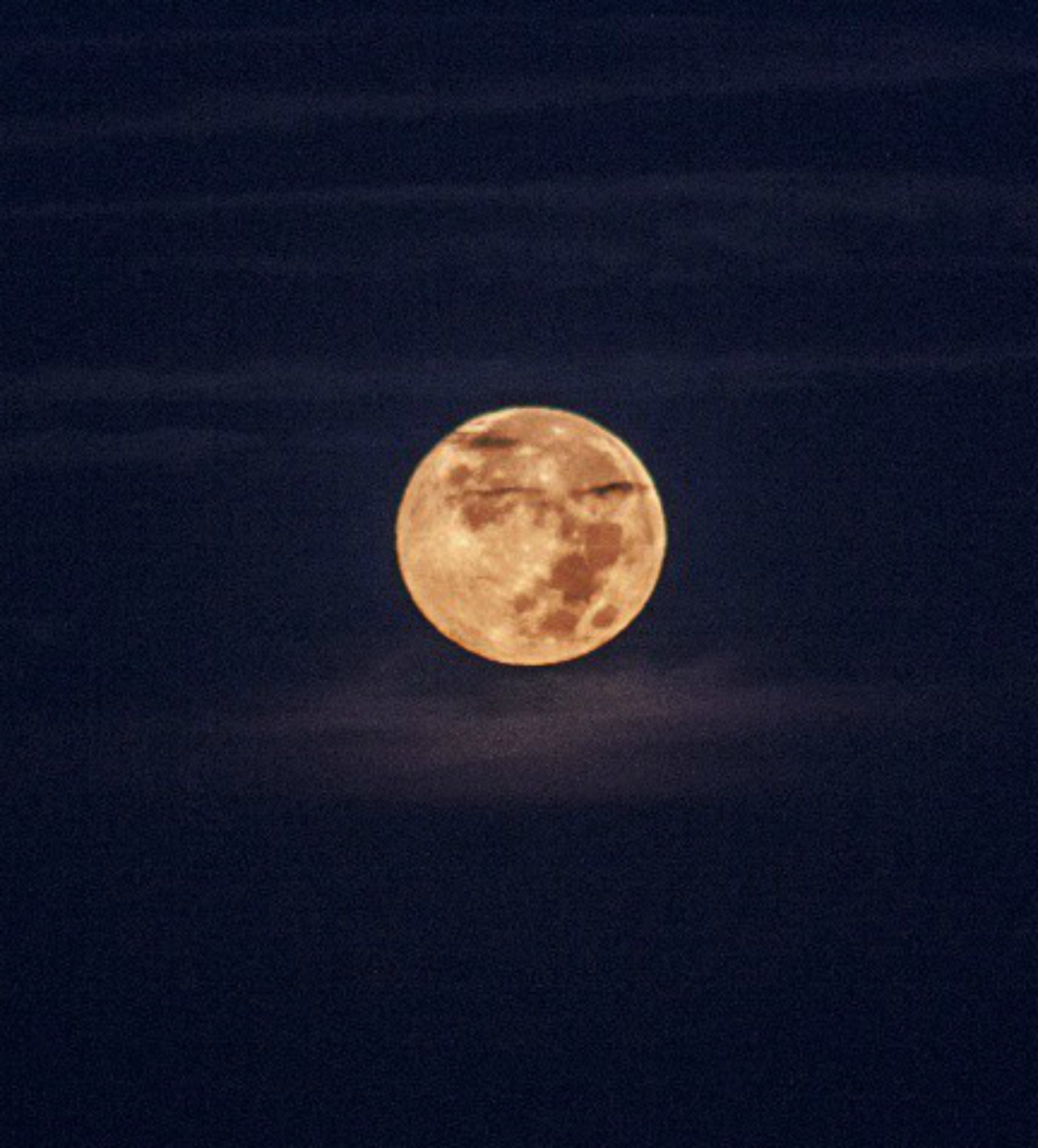
The full moon that is closest to the fall equinox is called the harvest moon. What makes it astronomically special is that the number of hours and minutes between moonrises in this period is shorter.
Moon Rising
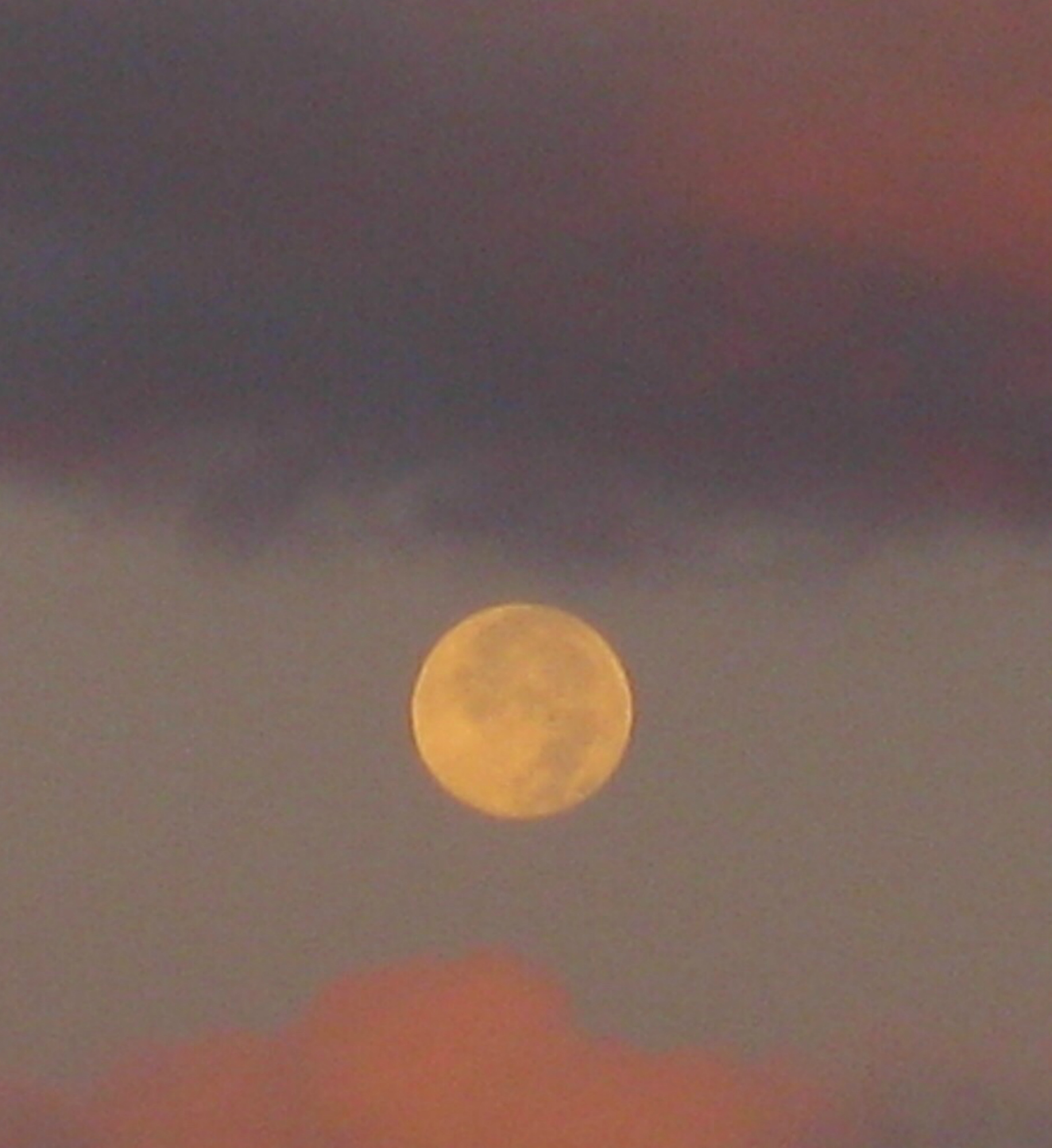
The moon rises about 50 minutes later every day in a lunar month, which is the period between two full moons. During the equinox's harvest moon, the difference between one moon rise to the next night's drops to less than 50 minutes for a few days. The low angle of the moon's orbit around the Earth this time of year creates the effect of a harvest moon.
Southern Hemisphere
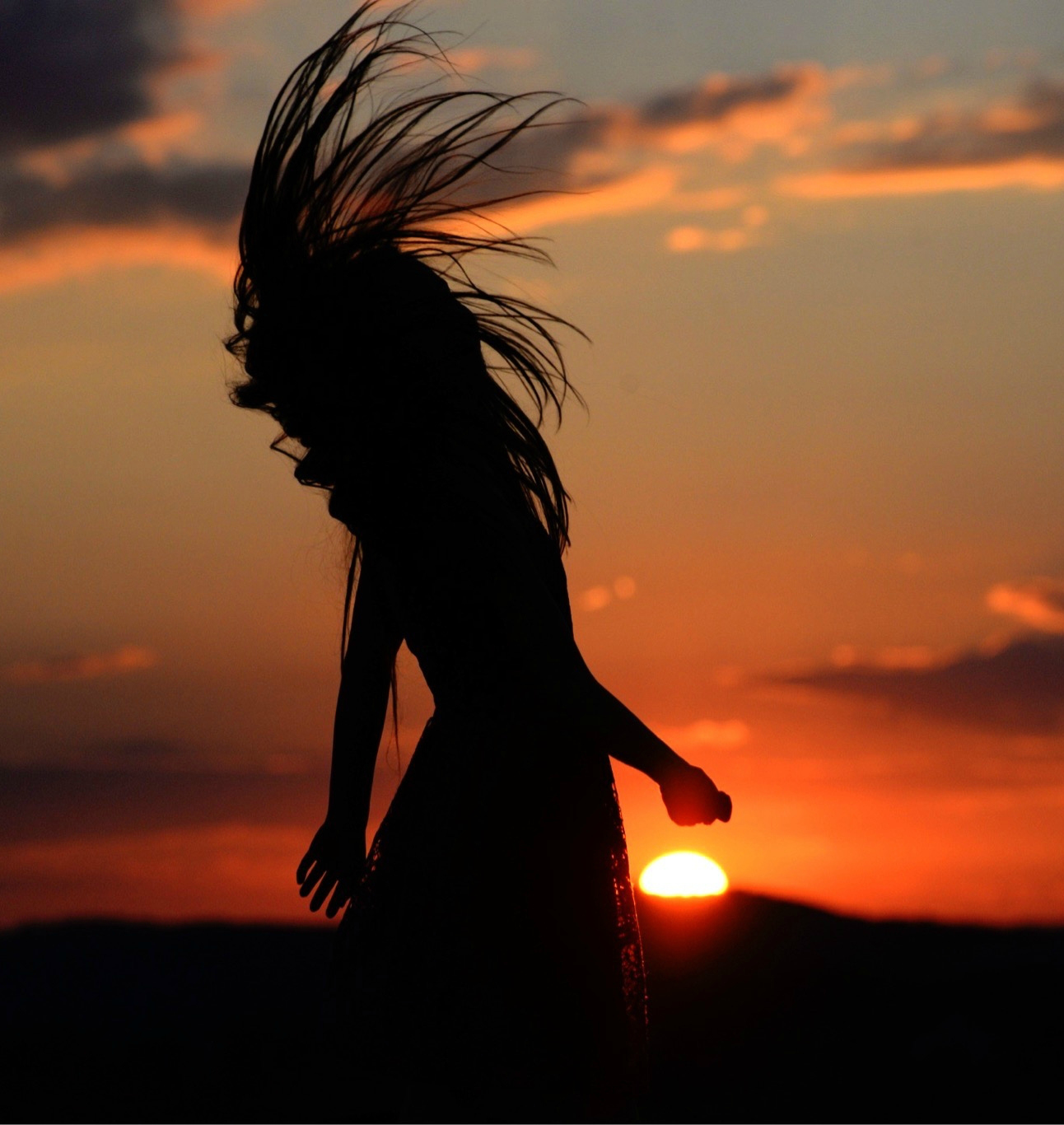
For those in the southern hemisphere, this effect occurs in reverse. The moon rises more than 50 minutes later than it did on the previous day.
Aurora Borealis
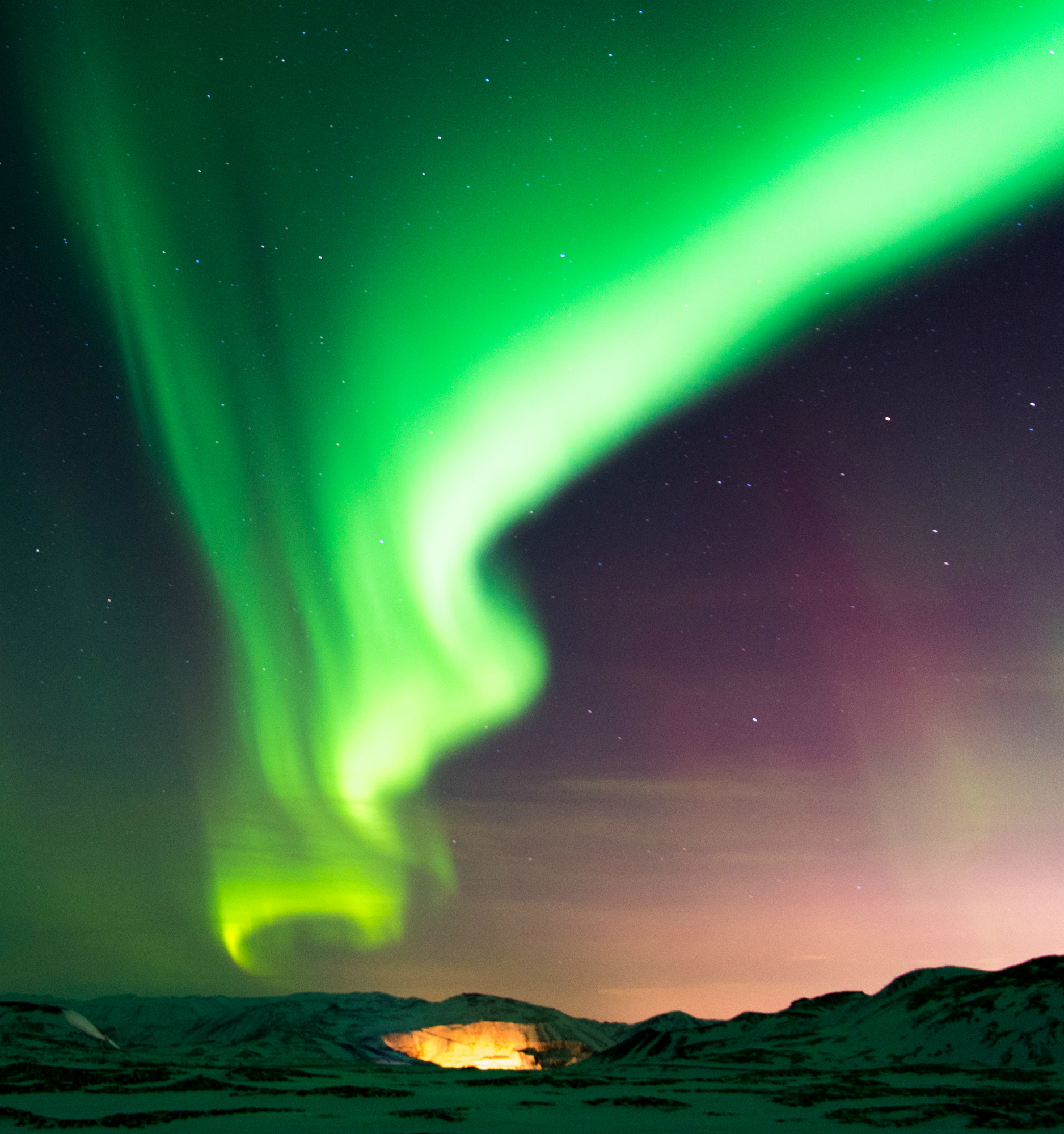
Around the time of the equinox, your chances of seeing the aurora borealis (provided you're in a good location for it) increases. This is especially true if you're in the high latitudes of the northern hemisphere. These geomagnetic activities, which create the beautiful, psychedelic green and purple lights, are twice as likely happen in the spring and fall.
Fall Festivals

Cultures all over the world celebrate the fall seasonal change, often with festivals, parades, special foods and dances. This has always been true, though often the reason for celebrating became tied to Christian saints or other religious ideas.
Plants and Animals
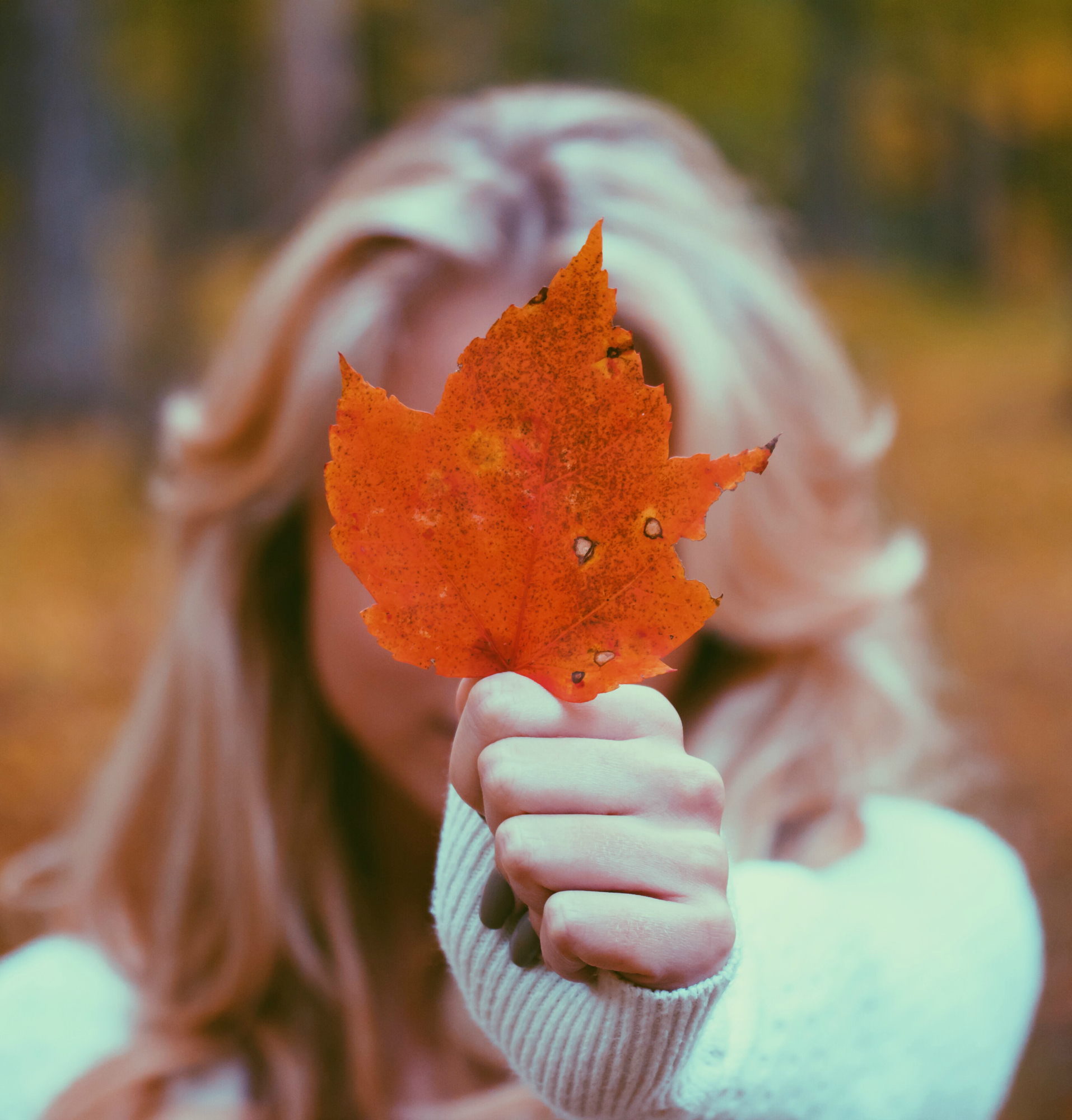
The equinox is also a time for plants and animals to change in preparation for winter. Some animals whose homes are in the high latitudes even go through biological chances in response to the season. The Siberian hamster's testes swell to almost 17 times their normal size as the days become shorter and shorter.
French Revolution
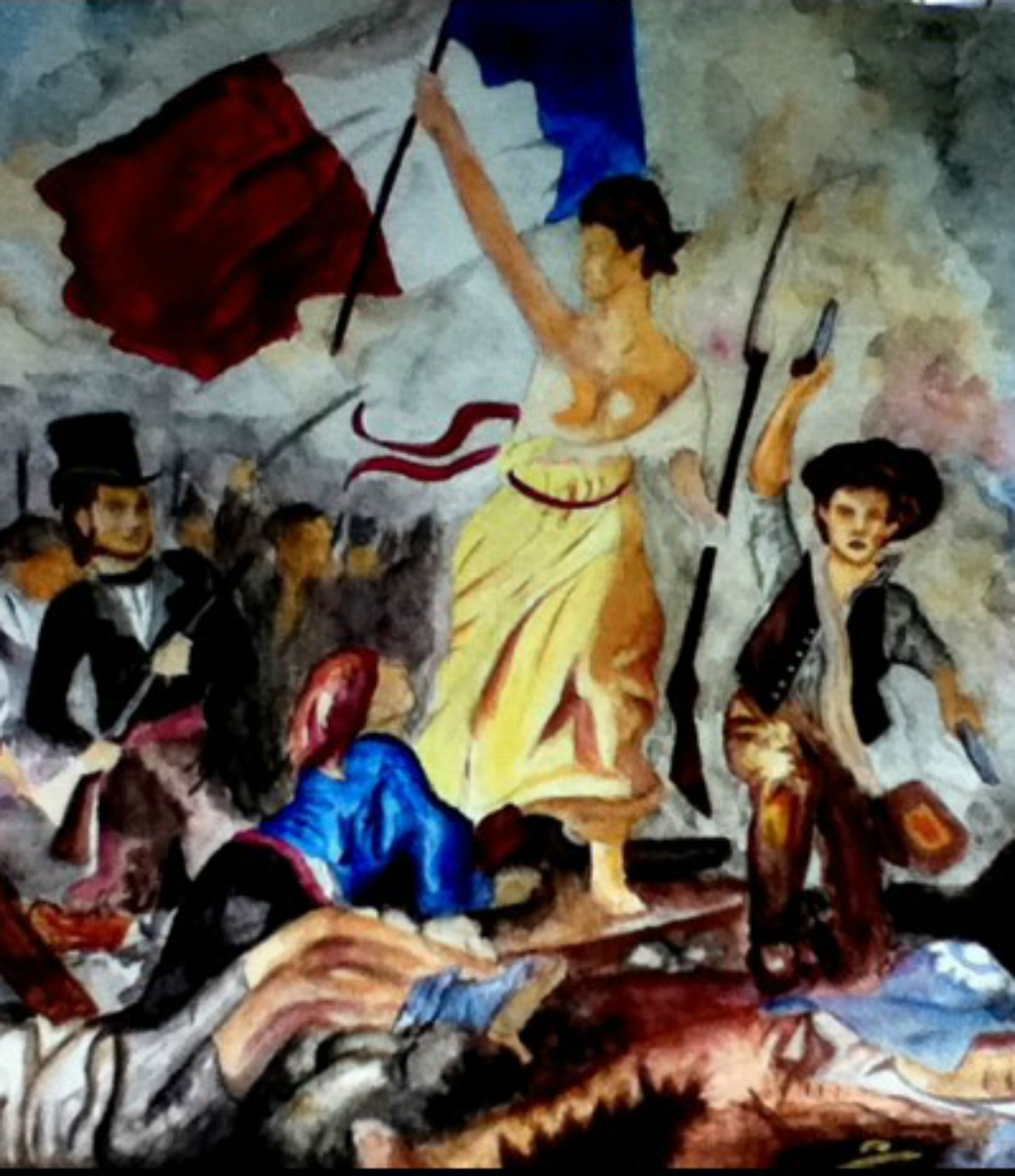
The fall equinox used to mark the beginning of the French Republican Calendar, back in the revolutionary years of 1793 to 1805. After overthrowing the French monarchy back in 1792, the revolutionaries remade the calendar to start the year on the equinox, set by law to begin at midnight when the equinox fell at the Paris Observatory.
East and West
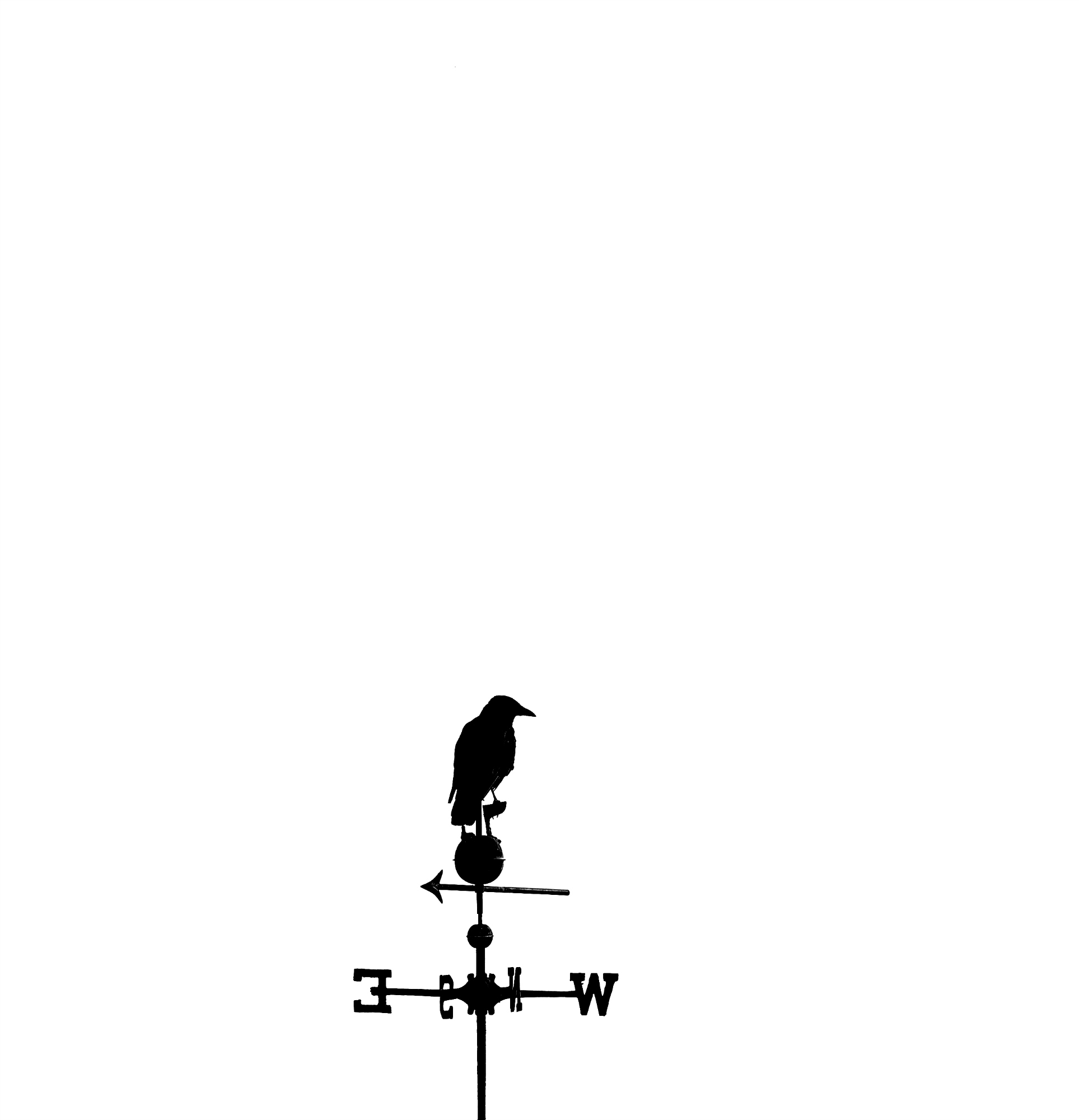
We know that the sun rises in the east and sets in the west. But actually, the days of the autumnal and vernal equinoxes are the only two days all year when the sun rises exactly due east and sets due west respectively.
Not a Solstice!
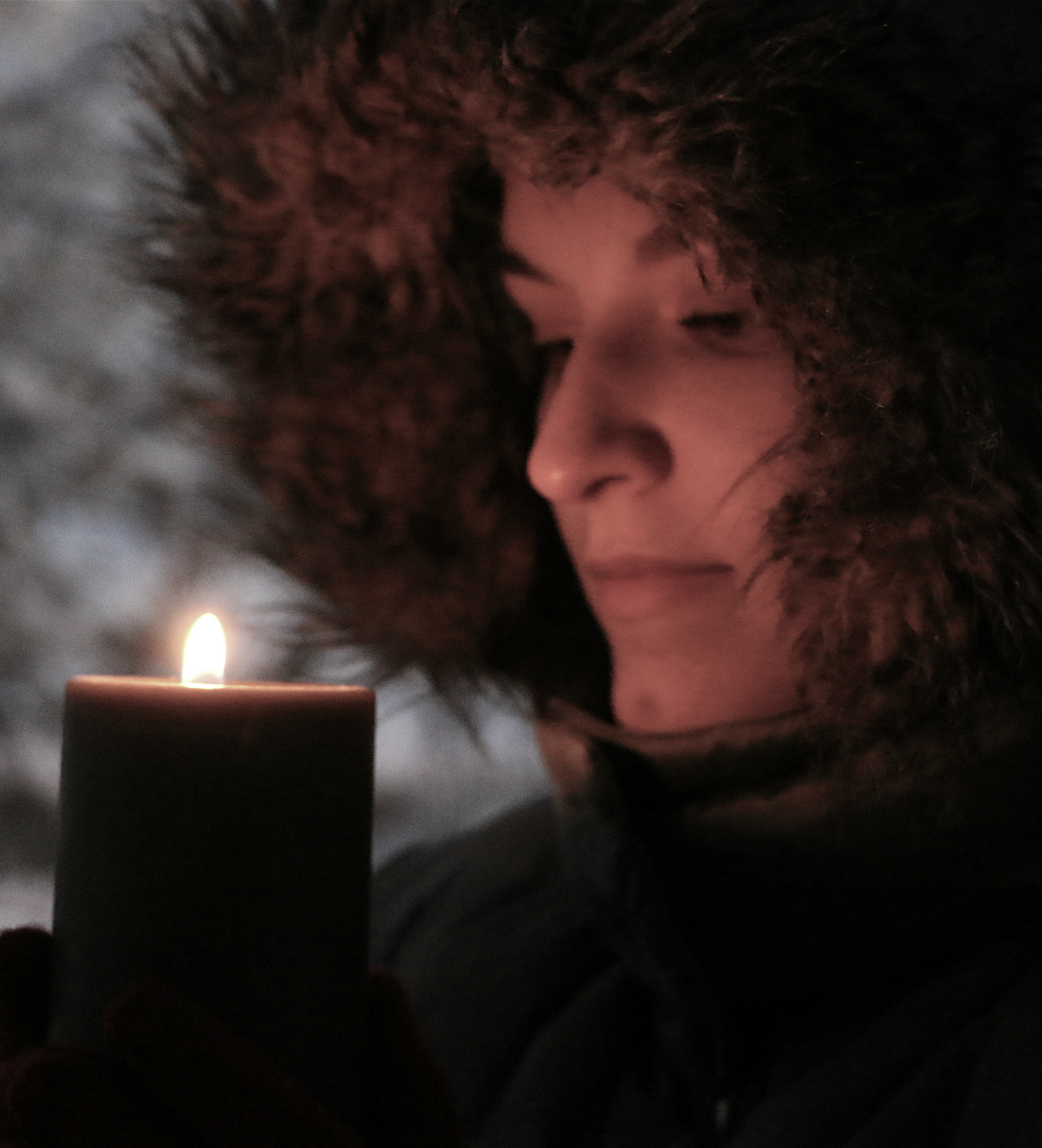
The equinox is not—repeat NOT—a solstice. A solstice is the day in June or December when one of the Earth's poles is as close as possible to the sun while the other is as far away from it as possible.
Both equinoxes and solstices mark season transitions in terms of astronomy. But what defines these two astronomical events is quite different.




